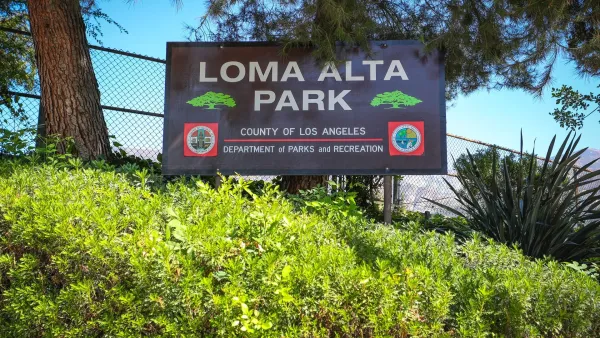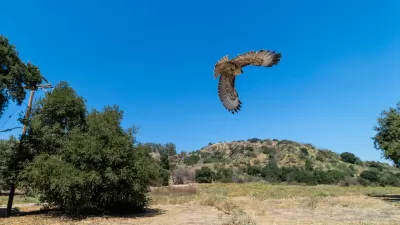Regional parks like Whittier Narrows Recreation Area in Southern California offers something for everyone and are more important than ever in the midst of a pandemic.

In the midst of a pandemic, many of us have come to realize the importance of parks and our need for them. Not only do we need local parks in our immediate neighborhoods, we must also have larger, regional parks and open spaces. In this opinion piece, Joe Mathews tells us about the 1,500-acre Whittier Narrows Recreation Area located ten miles east of downtown Los Angeles, which offers a wide variety of recreational amenities. In his words, "Whittier Narrows is for everybody, all the time. You don’t have to make an appointment or wait in long lines to use it. You can get inoculated with whatever recreational medicine you prefer, from pedal-boating to BMX biking, fishing to frisbee golf."
Whittier Narrows Recreation Area is one of 17 regional recreation parks identified in the 2016 Los Angeles Countywide Parks Needs Assessment. Regional recreation parks are defined as parks with an area of over 100 acres and contain active amenities such as athletic courts and fields, playgrounds, and swimming pools. Regional recreation parks draw users from an area much larger than a single neighborhood or community due to their large size and the types of recreation they offer. These parks are destinations for a regional population, drawing people from as far as 25 or more miles away. Residents living near a regional recreation park may use the park for their daily recreation needs, while park users from farther away may visit the park to meet more specialized recreation needs. Because of their size, use levels, and variety of amenities, maintenance and operation demands at these parks can differ significantly from those at local parks.
FULL STORY: Joe Mathews: Space for Southern Californians to do their thing, whatever that may be

Planetizen Federal Action Tracker
A weekly monitor of how Trump’s orders and actions are impacting planners and planning in America.

Maui's Vacation Rental Debate Turns Ugly
Verbal attacks, misinformation campaigns and fistfights plague a high-stakes debate to convert thousands of vacation rentals into long-term housing.

San Francisco Suspends Traffic Calming Amidst Record Deaths
Citing “a challenging fiscal landscape,” the city will cease the program on the heels of 42 traffic deaths, including 24 pedestrians.

Amtrak Rolls Out New Orleans to Alabama “Mardi Gras” Train
The new service will operate morning and evening departures between Mobile and New Orleans.

The Subversive Car-Free Guide to Trump's Great American Road Trip
Car-free ways to access Chicagoland’s best tourist attractions.

San Antonio and Austin are Fusing Into one Massive Megaregion
The region spanning the two central Texas cities is growing fast, posing challenges for local infrastructure and water supplies.
Urban Design for Planners 1: Software Tools
This six-course series explores essential urban design concepts using open source software and equips planners with the tools they need to participate fully in the urban design process.
Planning for Universal Design
Learn the tools for implementing Universal Design in planning regulations.
Heyer Gruel & Associates PA
JM Goldson LLC
Custer County Colorado
City of Camden Redevelopment Agency
City of Astoria
Transportation Research & Education Center (TREC) at Portland State University
Jefferson Parish Government
Camden Redevelopment Agency
City of Claremont





























